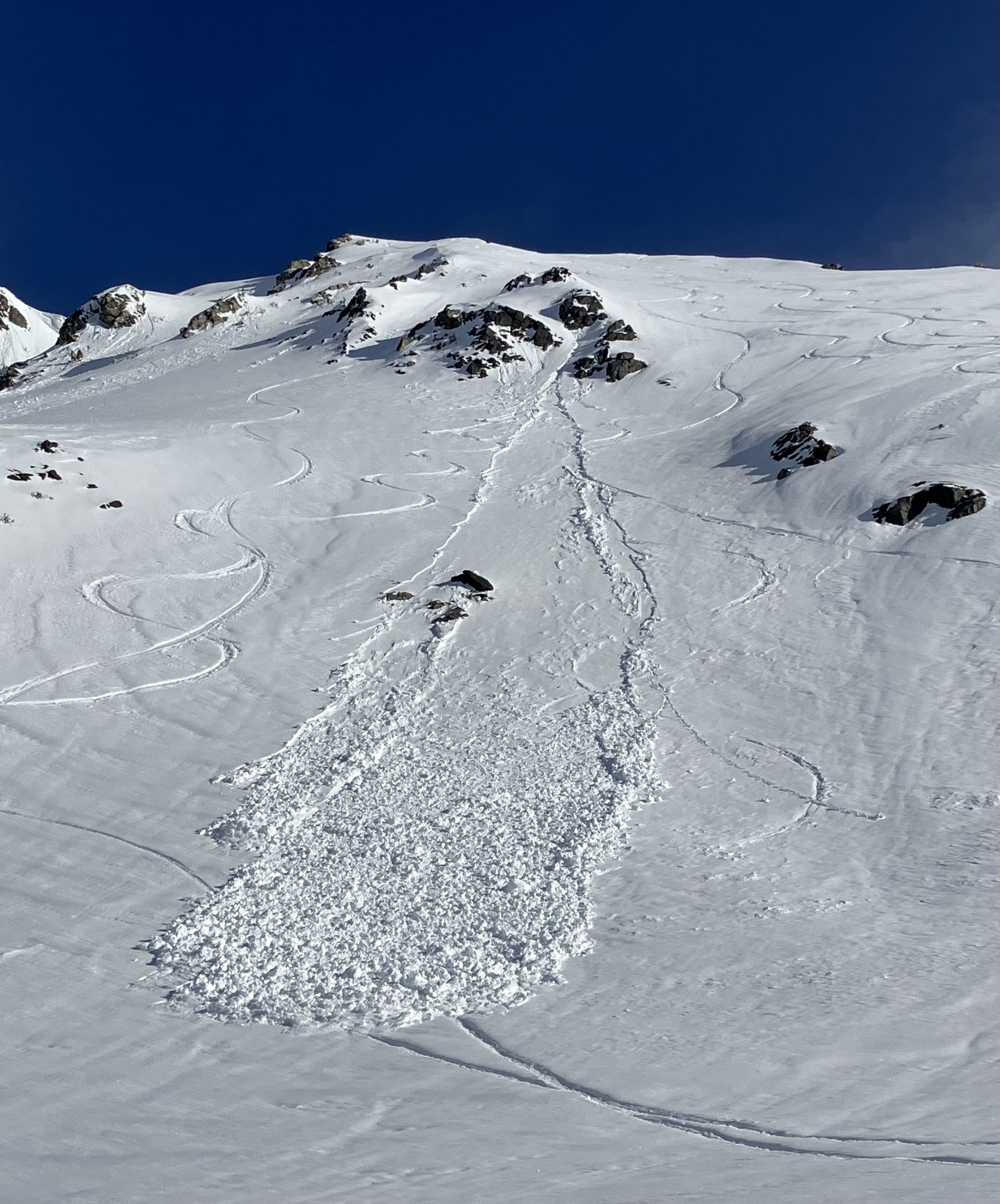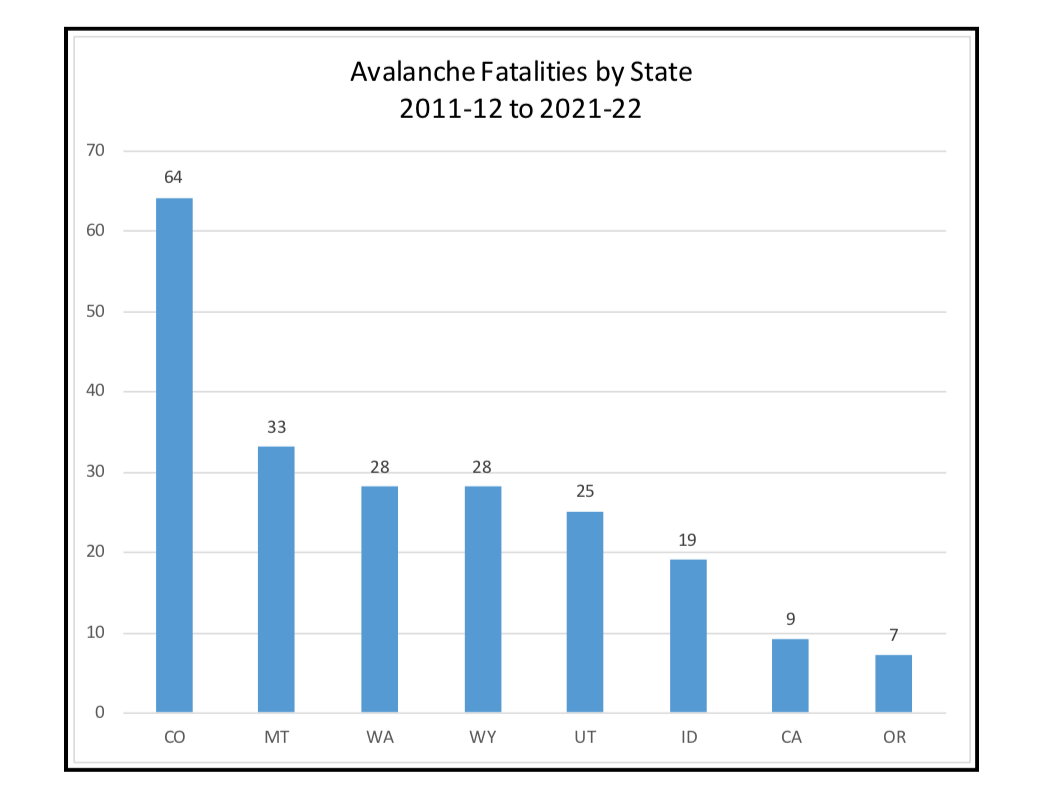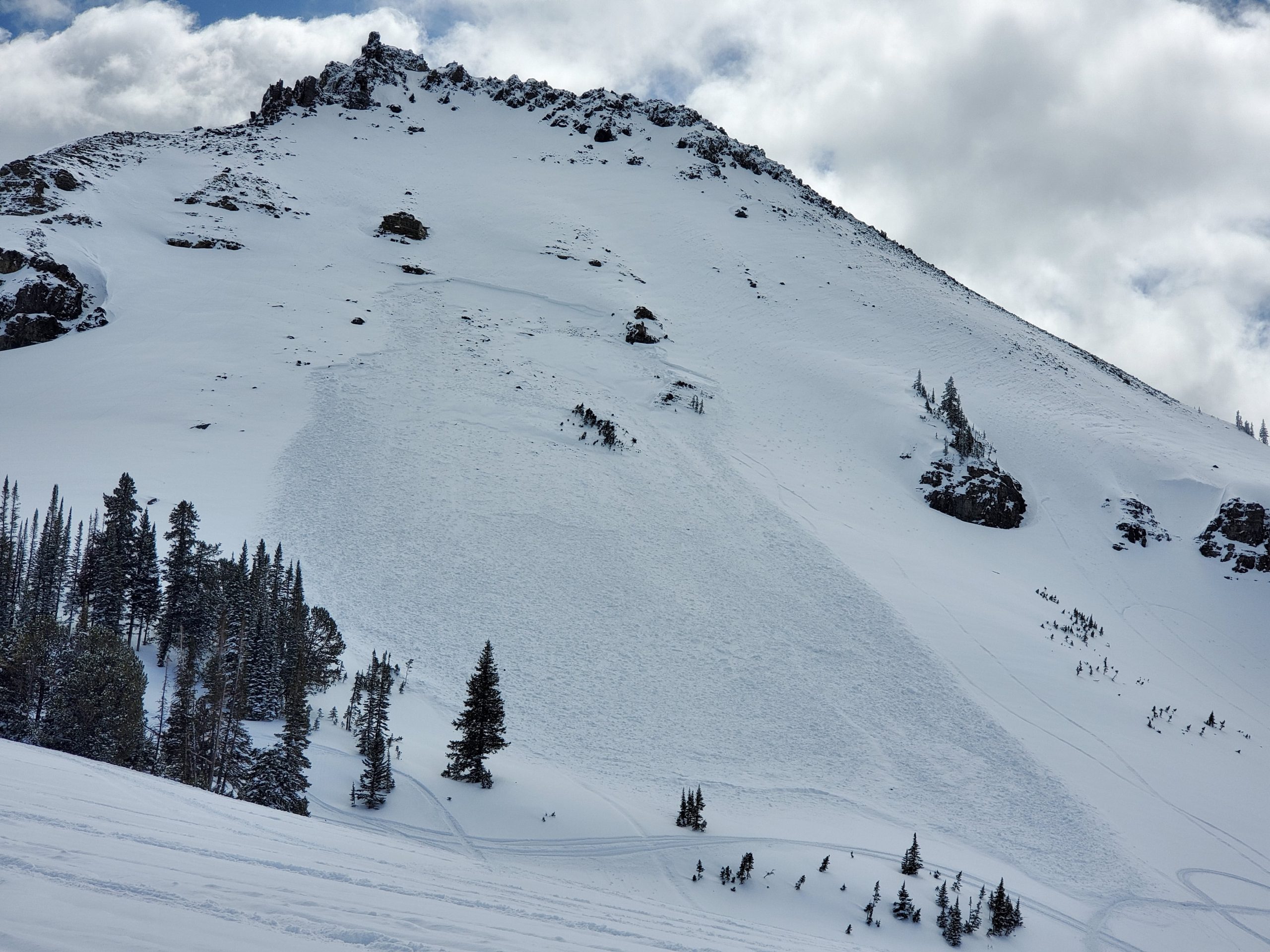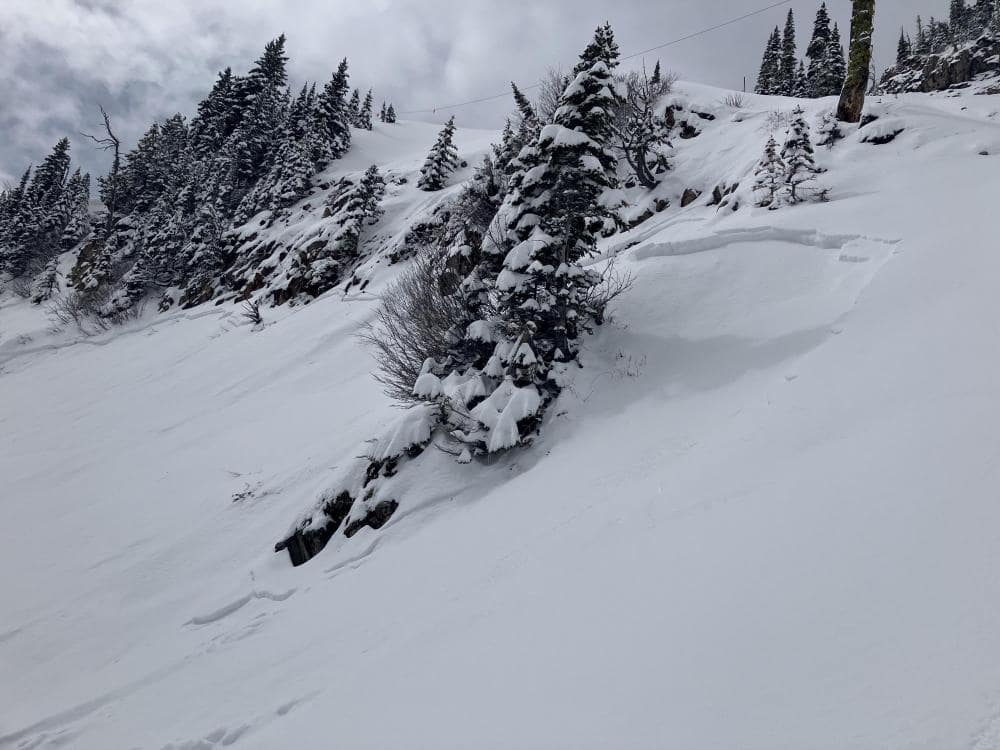
The Gallatin National Forest Avalanche Center’s (GNFAC) annual avalanche report was recently released. It shows Colorado to have the highest number of avalanche fatalities over the last ten years (64). Montana was ranked 2nd with 33—still six higher than the national average of 27.

Montana is an increasingly popular place to ski and snowboard in the United States. As GNFAC Director Doug Chabot explains in an interview with NBC, “People are coming from all over the place to come here (Montana) because it’s not very crowded. We’ve got great snow, we’ve got great mountains. And so, the recreational opportunities are incredible.”
Chabot believes these unfortunate tragedies are due to several factors. He sees many visitors who arrive unprepared for the mountains. They don’t know how to use their equipment, may be unfamiliar with the area, or worse, unaware of the inherent avalanche risks.

Chabot goes on to say, “It’s a lack of education. It’s a lack of avalanche awareness. And you know, we’re trying to reach out to this population to let them know that we’re even here, that, you know, there is an Avalanche Center.”
Chabot’s recommendations are simple, yet incredibly important and worth repeating even for the most experienced skiers.
- Sign up for an avalanche safety course. Now is a great time if you haven’t already done so. (Or review previous course materials including any recent updates.)
- Practice using your avalanche gear. You need to be an absolute pro in the field, searching smoothly and efficiently.
- Sign up for your local avalanche advisory bulletin. Here’s a list of the U.S. Avalanche Centers compiled by Avalanche.org.
- Read, learn and always ask questions! It never hurts to improve your knowledge and use the experience of others to help you make better decisions.
How are you managing avalanche risks this season? What do you plan to do to stay safe?

There were 3 fatal accidents in Montana last season, all in the SW part of the state. All 3 groups were snowmobilers from the midwest (with a couple on snowbikes). Two of the three groups were familiar with the advisory and had some level of education. In one of those cases the danger was rated LOW and in the other MODERATE. The first fatal incident was in a group with safety gear but no training/education and was during a CONSIDERABLE danger. The riders in 2 if not all 3 groups were experienced in the area where they were caught and had been there before.
That’s a complete summary of all fatal incidents in the state of Montana last winter.
These were not new people to the area, nor had they moved there. The demographic was typical – riders from the midwest who had been there before, had safety gear, and in two cases had some avalanche education. While most incidents nationwide occur in considerable danger conditions (43% this season, with 21% not known or with no advisory) two of these three happened in low or moderate conditions. The one during a rating of low was the only such incident in the US this season.
While it’s hard to put a number on it a significant number of fatalities each season involve people who did take an avalanche course.
Too many new unfamiliar folks in both top 2 states….especially MT, which is way more remote with the same dry powdery stuff!
That’s because a million plus eastern city dweebs moved to CO to get their stoke on. Just look at that retarded web site Powder Project, there’s 491 trails listed for CO and only 53 for Cali. Montana has 105 listed and Utah 138, all states inundated with these clueless dweebs.